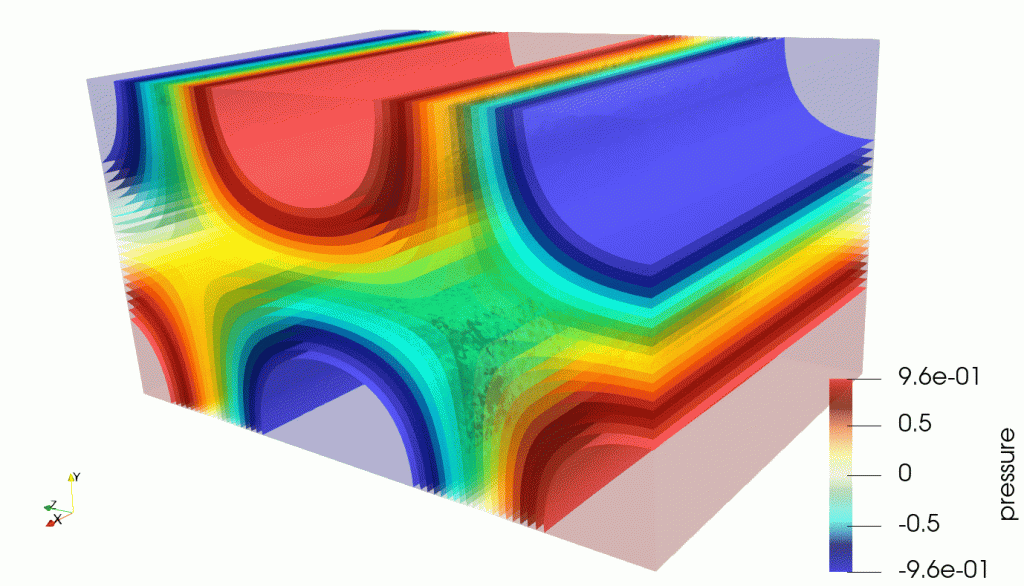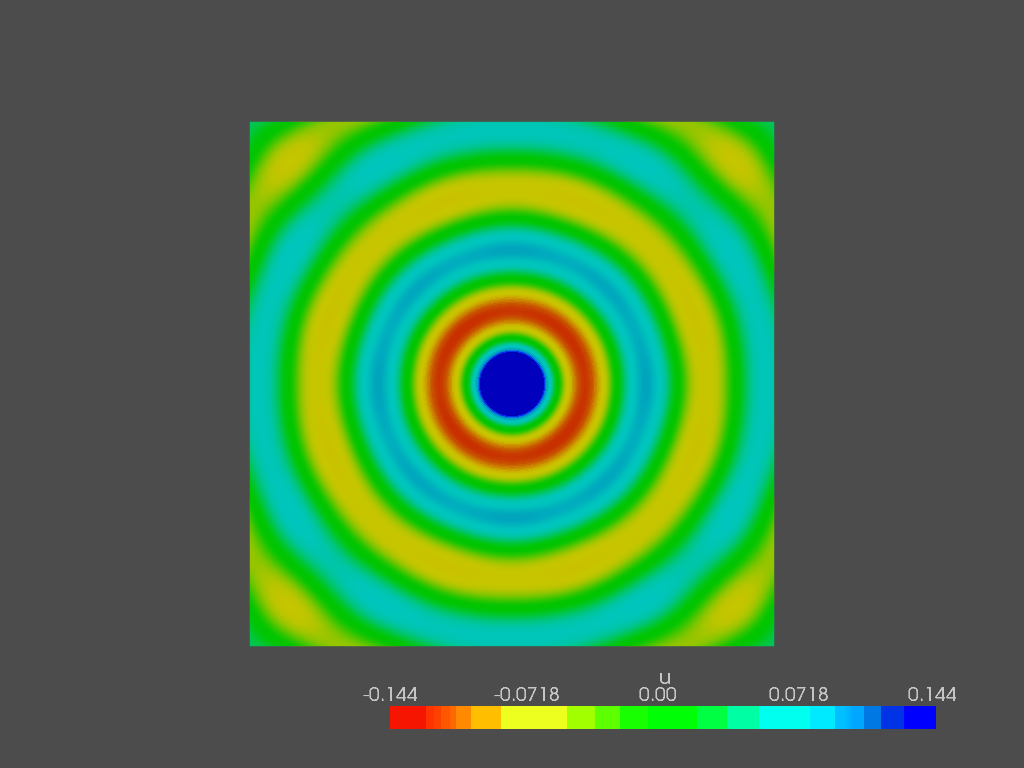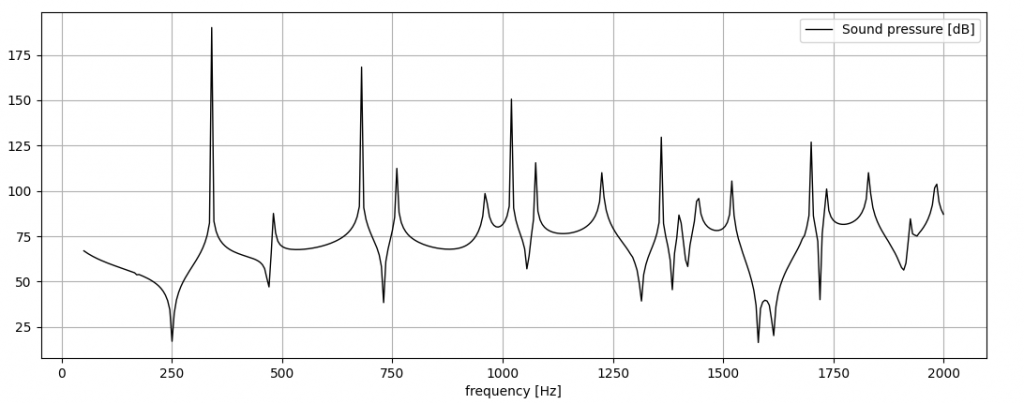Modal superposition in vibro-acoustics
Introduction Last time, we introduced the fundamentals of vibroacoustics, providing a detailed explanation of fluid-structure interaction (FSI). We demonstrated how the final system is represented as a combination of individual subsystem matrices, augmented by various coupling terms. A significant challenge arises when the size of such a system expands, leading to excessively high computational times […]
Modal superposition in vibro-acoustics Read More »









